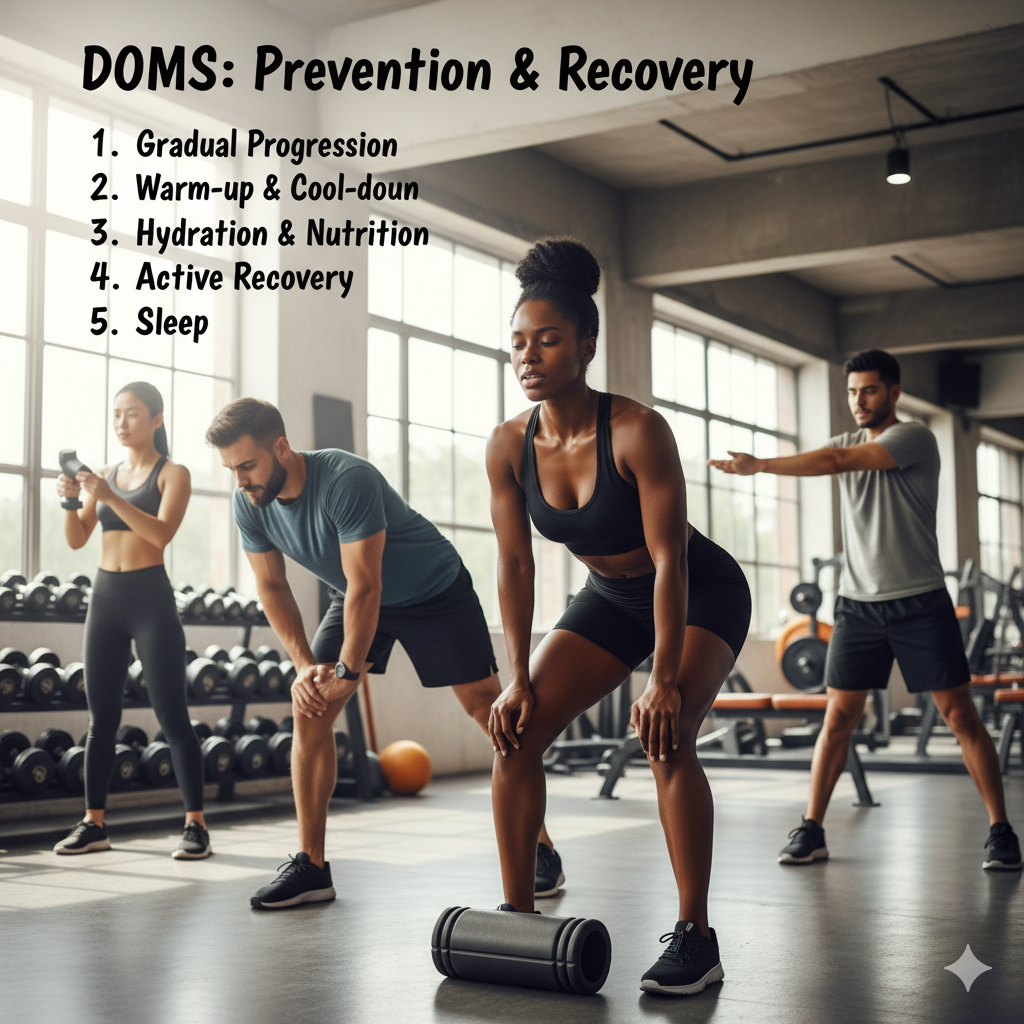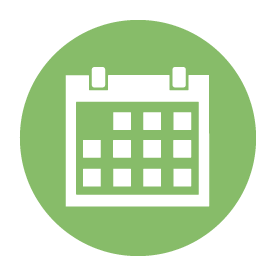
Ever finished a workout feeling great, only to wake up two days later feeling like you’ve been hit by a truck? You’re not alone! That stiff, achy feeling is likely Delayed Onset Muscle Soreness, or DOMS. Let’s dive into what DOMS is, why it happens, and how you can manage it.
What is DOMS?
Delayed Onset Muscle Soreness (DOMS) is the pain and stiffness felt in muscles several hours to days after unaccustomed or strenuous exercise. It’s not the acute pain you feel during a workout, but rather a dull ache that sets in later. DOMS is a completely normal physiological response to exercise and is a sign that your muscles are adapting and becoming stronger.
How Does it Happen?
For a long time, the prevailing theory was that DOMS was caused by a buildup of lactic acid. However, research has shown that lactic acid clears from the body relatively quickly after exercise and isn’t the culprit.
The current understanding is that DOMS is primarily caused by microscopic tears in the muscle fibers, particularly during the eccentric (lengthening) phase of muscle contraction. Think about lowering a weight slowly during a bicep curl – that’s an eccentric contraction. These tiny tears, along with the subsequent inflammatory response, lead to the pain and stiffness associated with DOMS.
Activities that commonly lead to DOMS include:
- Starting a new exercise program.
- Increasing the intensity or duration of your current routine.
- Performing exercises with a strong eccentric component (e.g., downhill running, negative repetitions in weightlifting, jumping).
- Returning to exercise after a long break.
When Does it Happen?
The “delayed” in DOMS is key. You typically won’t feel the soreness immediately after your workout. Instead, it usually begins to manifest 12-24 hours after exercise, peaking anywhere from 24-72 hours post-workout. The intensity and duration of DOMS can vary greatly depending on the individual and the severity of the muscle damage.
Do I Suffer from It?
If you’ve experienced any of the following after a new or intense workout, then yes, you’ve likely suffered from DOMS:
- Muscle tenderness to the touch: Your muscles feel sore when pressed.
- Stiffness and reduced range of motion: It’s hard to fully extend or bend the affected limb.
- Pain during movement: You feel discomfort when trying to use the affected muscles.
- Swelling in the affected muscles: Though not always visible, there can be some subtle swelling.
- Temporary decrease in muscle strength: Your muscles might feel weaker than usual for a few days.
Strategies to Prevent and Manage DOMS
While completely preventing DOMS isn’t always possible (especially if you’re pushing your limits), there are several strategies to minimize its severity and speed up recovery:
- Gradual Progression: This is perhaps the most important strategy. Don’t jump into a high-intensity workout if your body isn’t used to it. Gradually increase the intensity, duration, and volume of your workouts over time. This allows your muscles to adapt progressively.

- Warm-up Effectively: A dynamic warm-up before exercise can increase blood flow to your muscles and prepare them for activity. This might include light cardio and dynamic stretches.
- Cool-down and Stretch: After your workout, a gentle cool-down with static stretches can help improve flexibility and may slightly reduce muscle soreness.
- Hydration and Nutrition: Staying well-hydrated is crucial for overall muscle function and recovery. Consuming adequate protein after exercise can help repair muscle fibers.
- Active Recovery: While it might seem counterintuitive to exercise when you’re sore, light active recovery can actually help. Gentle activities like walking, cycling, or swimming can increase blood flow, which helps remove waste products and bring nutrients to the muscles.
- Foam Rolling/Massage: Self-myofascial release (like foam rolling) or a professional massage can help improve blood flow, reduce muscle tightness, and alleviate some of the discomfort.
- Rest and Sleep: Allowing your body adequate rest and sleep is paramount for muscle repair and recovery. Aim for 7-9 hours of quality sleep per night.
- Hot/Cold Therapy: Some people find relief from DOMS by alternating between hot and cold showers, or using heat packs and ice packs on sore areas.
Remember, DOMS is a sign of progress, not necessarily injury. It indicates that your muscles are adapting and getting stronger. Listen to your body, recover smart, and you’ll be back to crushing your workouts in no time!
CONTACT
Better health and wellness is just a click or call away
UPCOMING EVENTS
CLOSED
December 6CLOSED
December 13Happy Hanukkah – 1st Day Of Hanukkah
December 14NO Chiro
December 18





